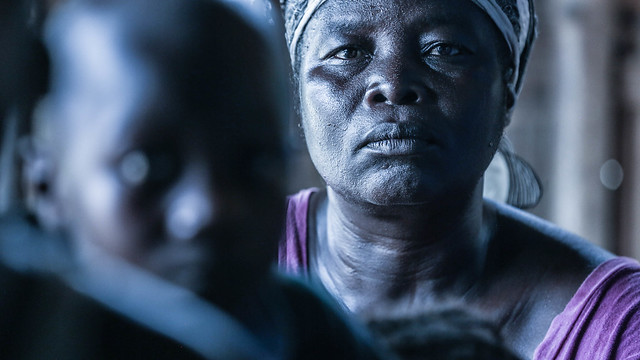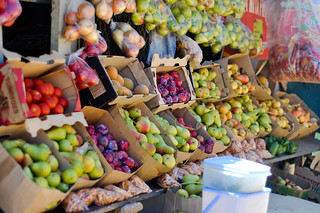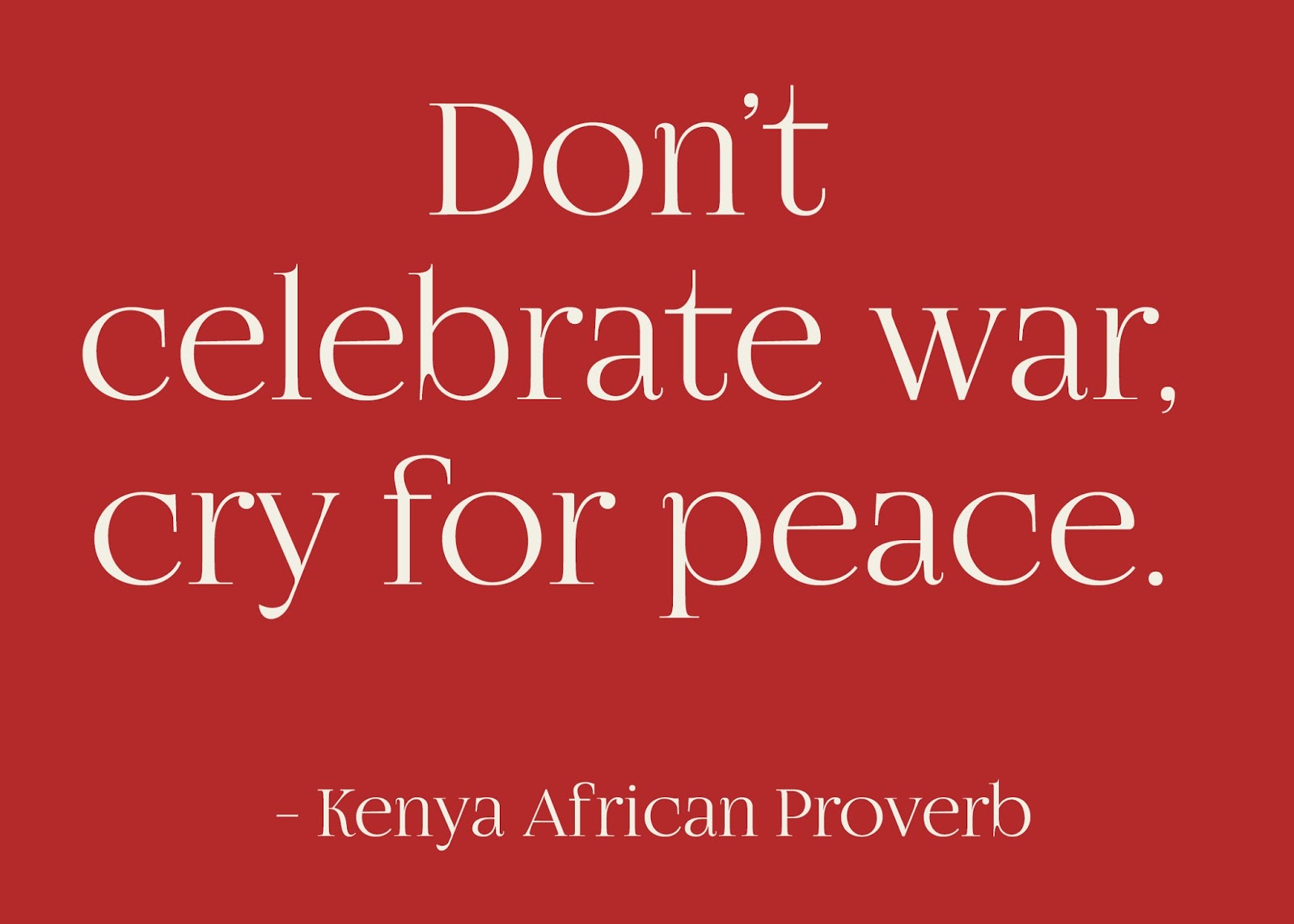Cowrie Shells What Are They
 |
| Wearing cowrie shells and glass beads a Karo Woman in Ethiopia is beautiful |
Cowrie Shells What Are They
Explore and Understand Africa Through Her Food and Culture.
 |
| Cowrie Shells |
Cowries occur primarily in coastal waters of the Indian and Pacific oceans. The cowries are a relatively small family of about 200 species but are the most collected of all seashells. The basic shape of the shell is the same in all species. A natural coating of enamel on the outer surface gives the shell a brilliant polished look.
Long prized by people for their shape and attractive colors, they were widely used for money in ancient times. While some cowries are abundant, some species are now quite rare and get a very high price from collectors.
Cowrie or cowry shells are believed to be the first form of universal money. What is cowrie? It is a shell. There are over 200 species of cowrie shells but only two in particular; Cypraea moneta and Cypraea annulus are used as money.
The cowrie shells were used to buy slaves for transport to the colonies in the New World. Cowries came to West Africa through trade with Arabia in the 14th century; they became an important means of buying slaves. The cowrie shell has been used as money in many parts of the world, including Africa, Arabia, and Asia.
The Thai folktale Makato and The Cowrie Shell is a well-known folktale in which cowrie shells are used as payment from the King to the orphaned Makato. He worked hard, became a trusted member of the King's court and eventually Makato became King.
 |
| Cowrie jewelry has been a popular a form of African jewelry for centuries. |
In the book When Things Fall Apart by Nigerian writer Chinua Achebe, there are many references to the gifts of cowries, cowries for payment, and cowries as indicators of wealth. In one scene in Achebe’s book, Okonkwo and other leaders of the village of Umuofia were held in jail and would not be released until a fine of 200 cowries plus 50 cowries for the court messengers was paid for each prisoner.
The Cypraeidae, or Cowries have long been one of the most popular collectible seashells. In many parts of the world, cowrie or other shells form the currency, even in countries long away from the natural source of supply of such shells.
Cowrie shells are also used as a decoration around the world. Cowrie jewelry has been a popular form of African jewelry for centuries. Many DIY jewelry kits feature cowrie shells for do it yourself-jewelry projects as hair charms, necklaces, bracelets, earrings their decoration uses are endless.
Apart from their use as currency, cowries play a very important role as charms and in fetish-worship among the Ewe people of Togo. These charms are worn on the neck, arm, wrist, and ankle, and regarded as talismans against wounds and sickness, and for luck. Being ornamented with cowries in many coastal parts of Africa is a common appearance.
The great demand for cowrie shells for ornaments and charms caused people to exchange all manner of articles for them, and therefore to make them into currency. The cowrie shell is used as a charm in America, in Europe, and in West Africa, in places many hundreds, even thousands, of miles from the places where it exists in nature.
Cypraeidae, common name cowries, singular: cowry, is the symbol of fertility and birth, has always been closely associated with women. It was the symbol of maternity by turning the shell into jewelry by adding to the arms, legs, hair, and neck.
Cowrie shells are popular artifacts used in fortune-telling. Divination or fortune-telling is the practice of interrupting signs in order to see into the future. Witchdoctors, Sangoma, Nyanga, and Traditional Healers believe cowrie shells are spiritually gifted in bone divination readings. Traditional healing using fortune-telling is linked to wider belief systems and remains integral to the lives of most Africans.
There was a time in Togo when cowries were paid by the relations of a girl seeking admission among the Ewe people witchdoctors. When the engaged brought his wife home he paid to her parent's cowries.
At death ceremonies, relations, friends and acquaintances, place quantities of cowries in the grave with the dead, in order that the deceased may purchase food and palm-wine. Ewe people believed that cowries and everything placed in the grave including tobacco and the wine will be of use to the departed.
Below are more articles you will find thought provoking. Ase.
- Scientific Racism Ota Benga the human exhibited at the Bronx Zoo

- Top 20 Largest Countries in Africa

-
What is an African Proverb

- African Water Spirit Mami Wata

-
Percentage of White people living in Africa


































